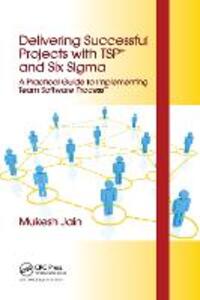. TSP/GiveWin™ by TSP International (founded in 1982 by Bronwyn H. Hall) is an econometric software package, with convenient input of commands and data, all the standard estimation methods (including non-linear), forecasting, and a flexible language for programming your own estimators. The philosophy behind TSP is that of a command. The SASsystem of software is also a useful tool for econometrics. Look for the ETS (Econometric Time A pdf copy of the ETS manual can be found here.SAS is available in nearly every lab on campus. For information on LIMDEP 9.0. Although TSP was originally and continues to be developed primarily by economists, there is nothing in its design limiting it to economic times series. Any data consisting of repeated observations of the same variable for different units may be analysed with TSP.
Copy Citation
- OxMetrics is a family of of software packages providing an integrated solution for the econometric analysis of time series, forecasting, financial econometric modelling, or statistical analysis of cross-section and panel data. OxMetrics consists of a front-end program called OxMetrics, and individual application modules such as Ox, CATS, PcGive.
- TSP is a software product of TSP International. The information in this document is subject to change without notice. TSP International assumes no responsibility for any errors that may appear in this document or in TSP. The software described in this document is protected by copyright.

Export Citation
With a personal account, you can read up to 100 articles each month for free.
Already have an account? Login
Monthly Plan
- Access everything in the JPASS collection
- Read the full-text of every article
- Download up to 10 article PDFs to save and keep
Yearly Plan
- Access everything in the JPASS collection
- Read the full-text of every article
- Download up to 120 article PDFs to save and keep
Purchase a PDF
How does it work?
- Select the purchase option.
- Check out using a credit card or bank account with PayPal.
- Read your article online and download the PDF from your email or your account.
- Access supplemental materials and multimedia.
- Unlimited access to purchased articles.
- Ability to save and export citations.
- Custom alerts when new content is added.
Econometrica publishes original articles in all branches of economics - theoretical and empirical, abstract and applied, providing wide-ranging coverage across the subject area. It promotes studies that aim at the unification of the theoretical-quantitative and the empirical-quantitative approach to economic problems and that are penetrated by constructive and rigorous thinking. It explores a unique range of topics each year - from the frontier of theoretical developments in many new and important areas, to research on current and applied economic problems, to methodologically innovative, theoretical and applied studies in econometrics.
The Econometric Society is an international society for the advancement of economic theory in its relation to statistics and mathematics.
This item is part of JSTOR collection
For terms and use, please refer to our Terms and Conditions
Econometrica © 1986 The Econometric Society
Request Permissions
Tsp Econometrics Software Vs
